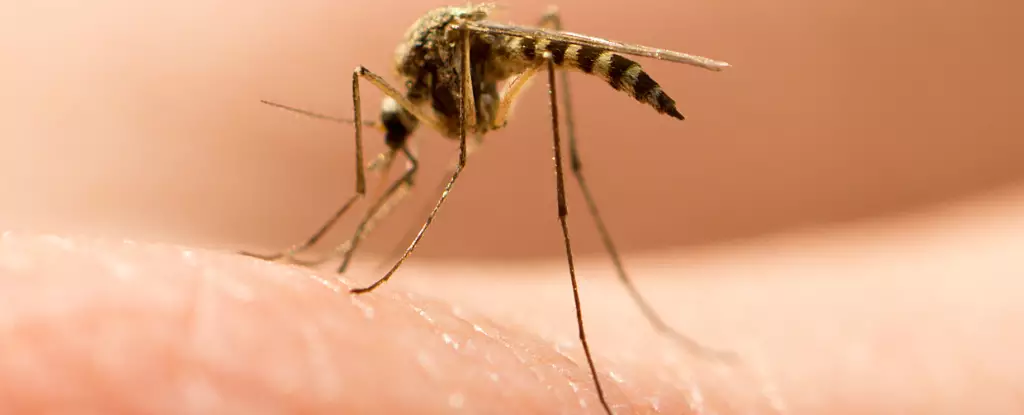

Tragedy struck in the northeastern US state of New Hampshire as health authorities confirmed a death due to the rare mosquito-borne eastern equine encephalitis (EEE) virus. An adult from the town of Hampstead succumbed to severe central nervous system disease after contracting the virus, marking the first human case of EEE in the state since 2014.
The recent infection and death in New Hampshire come at a time of heightened awareness and concern about the rising risk of EEE in New England. Massachusetts reported the year’s first human case of EEE, underscoring the urgency of addressing this public health threat. Officials in the region have taken proactive measures such as voluntary outdoor curfews, park closures, and mosquito control efforts to combat the spread of the virus.
Symptoms of eastern equine encephalitis can range from fever and headache to more severe manifestations such as seizures and behavioral changes. The disease can lead to inflammation of the brain and spinal cord membranes, causing encephalitis and meningitis. With a mortality rate of approximately 30 percent and significant long-term consequences for survivors, EEE poses a serious health risk, particularly for individuals under 15 and over 50.
As there are currently no vaccines or specific treatments for EEE, health officials emphasize the importance of preventive measures. Insect repellent, protective clothing, and the elimination of standing water to reduce mosquito breeding sites are key strategies for minimizing the risk of infection. Public awareness campaigns and community engagement play a crucial role in controlling the spread of the virus and protecting vulnerable populations.
The tragic loss of life in New Hampshire due to eastern equine encephalitis serves as a stark reminder of the ongoing threat posed by mosquito-borne diseases. While the current focus is on containment and prevention, further research and resources are needed to combat EEE effectively. By raising awareness, promoting best practices for mosquito control, and investing in public health infrastructure, we can work towards reducing the incidence of EEE and safeguarding the well-being of communities at risk.
Rogue waves have long been a subject of fascination and terror in maritime lore. These…
As the world grapples with public health challenges, especially those posed by infectious diseases, the…
The Sombrero Galaxy, also known as Messier 104, embodies a breathtaking blend of spirals and…
In recent advances in quantum electronics, a groundbreaking discovery leveraging the concept of kink states…
In the intricate tapestry of nature, ice often exists in a delicate balance with liquid…
In an astonishing event that captured global attention, a rogue object from beyond our Solar…
This website uses cookies.